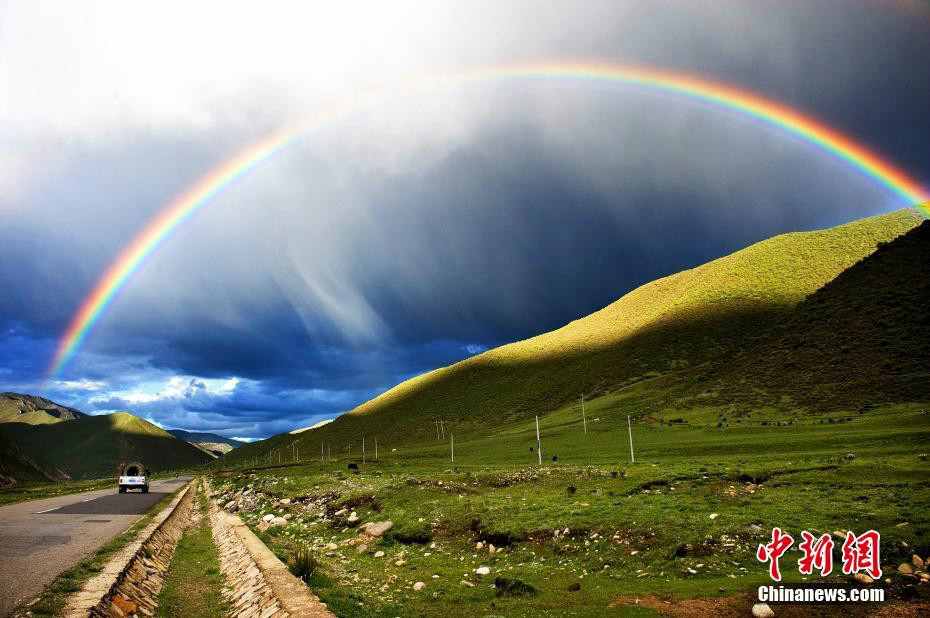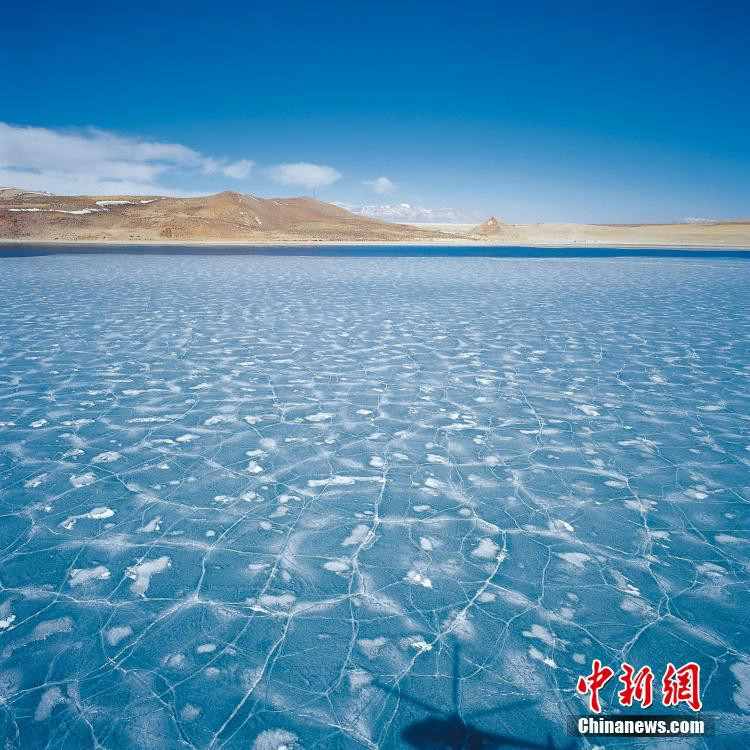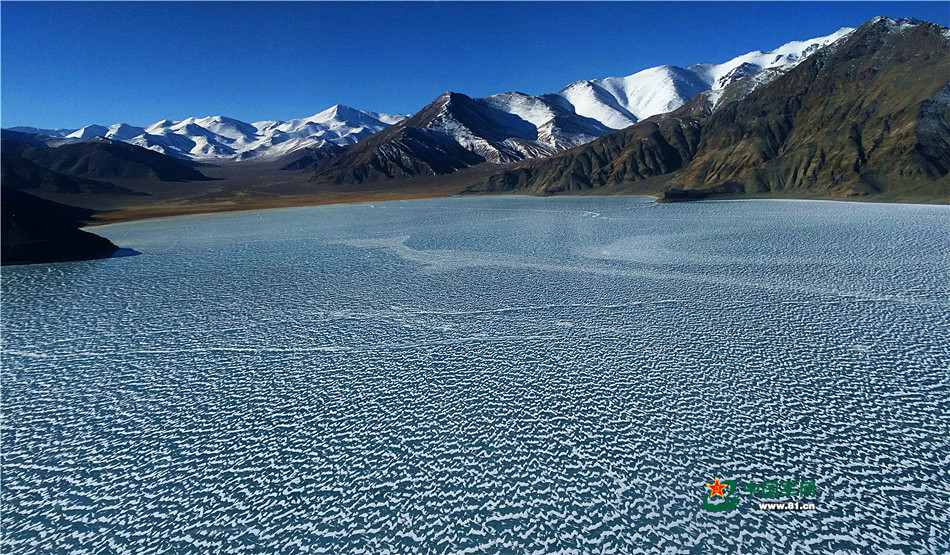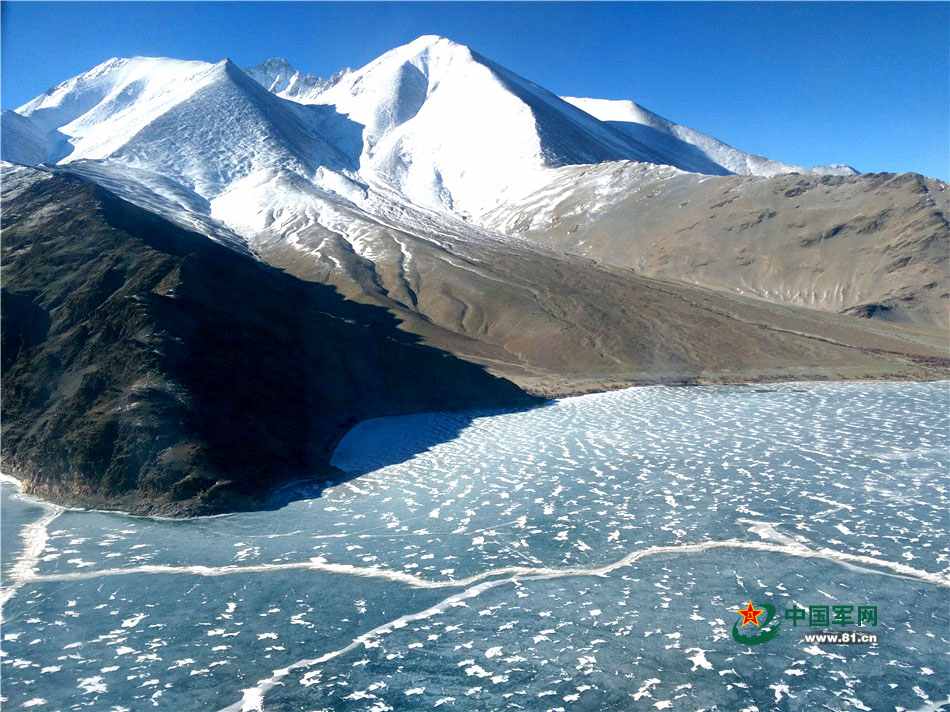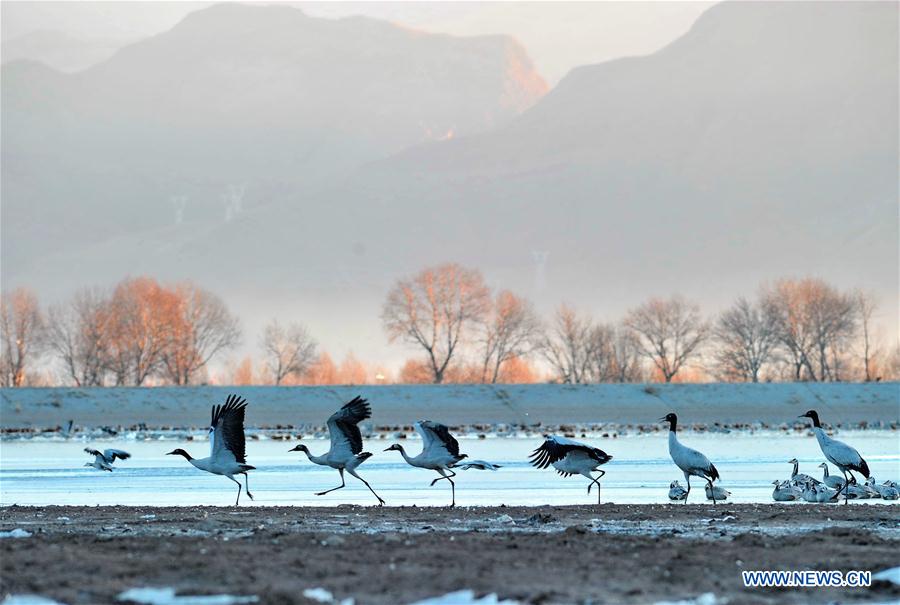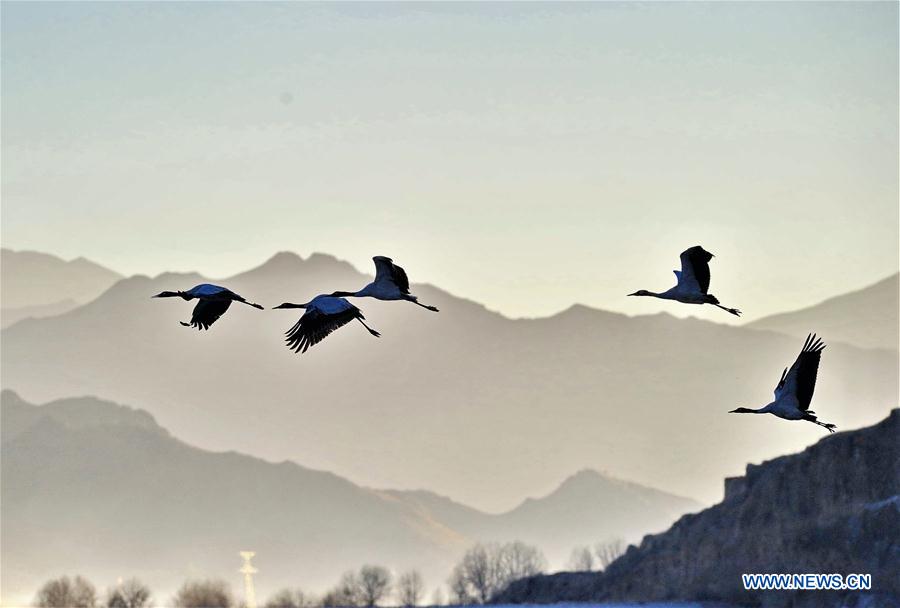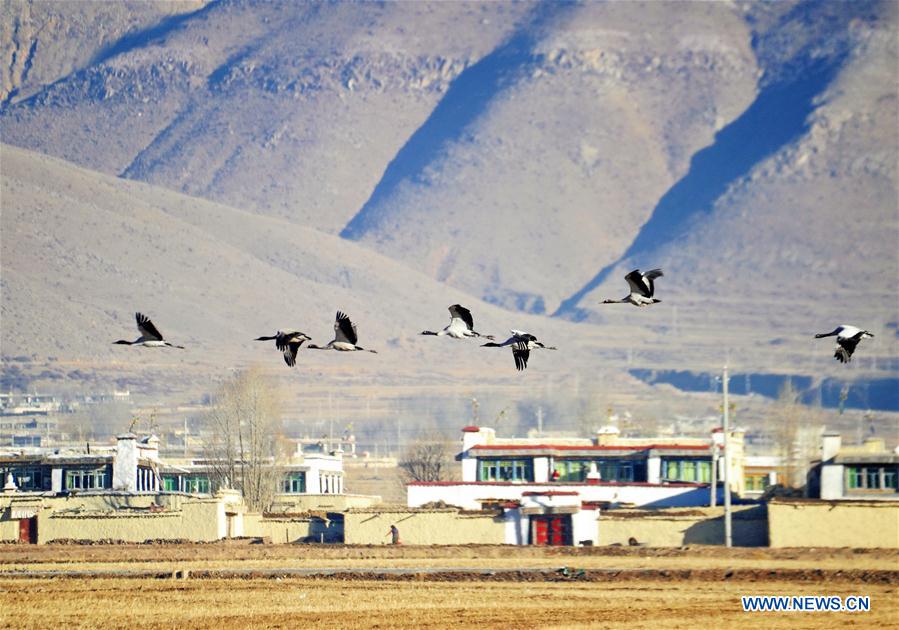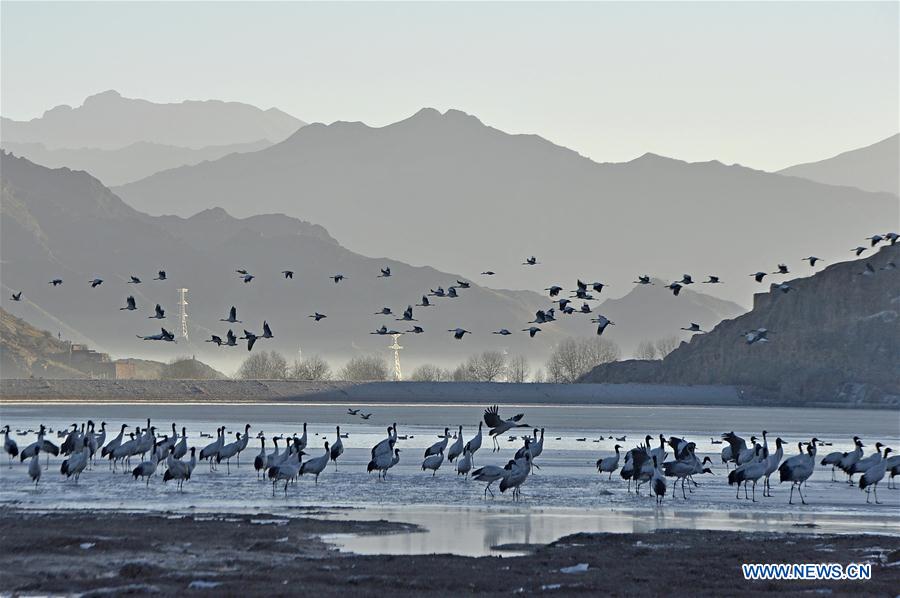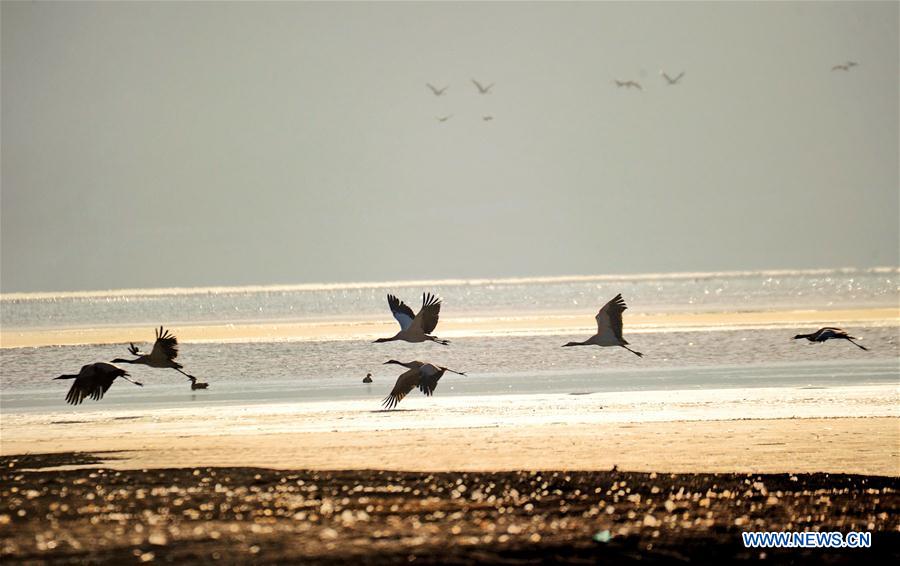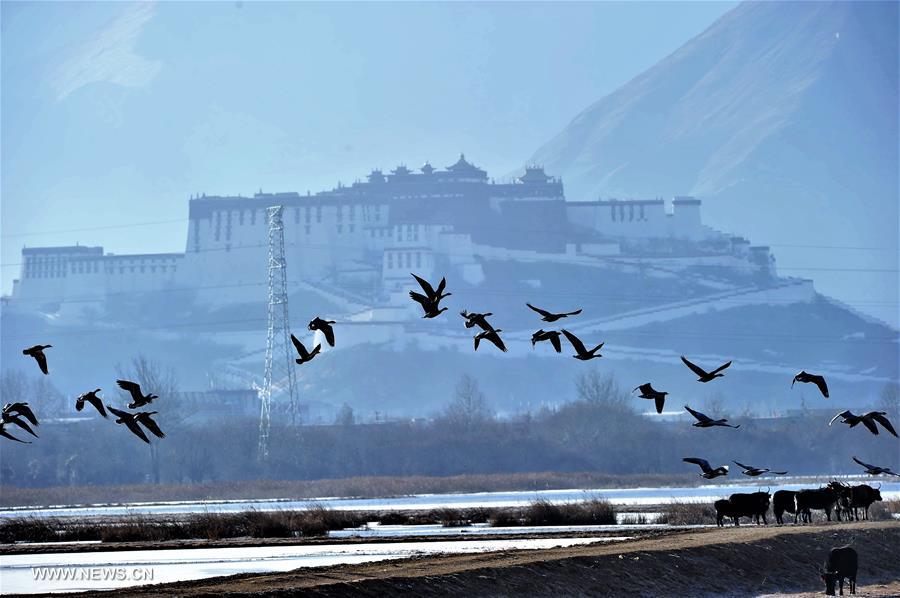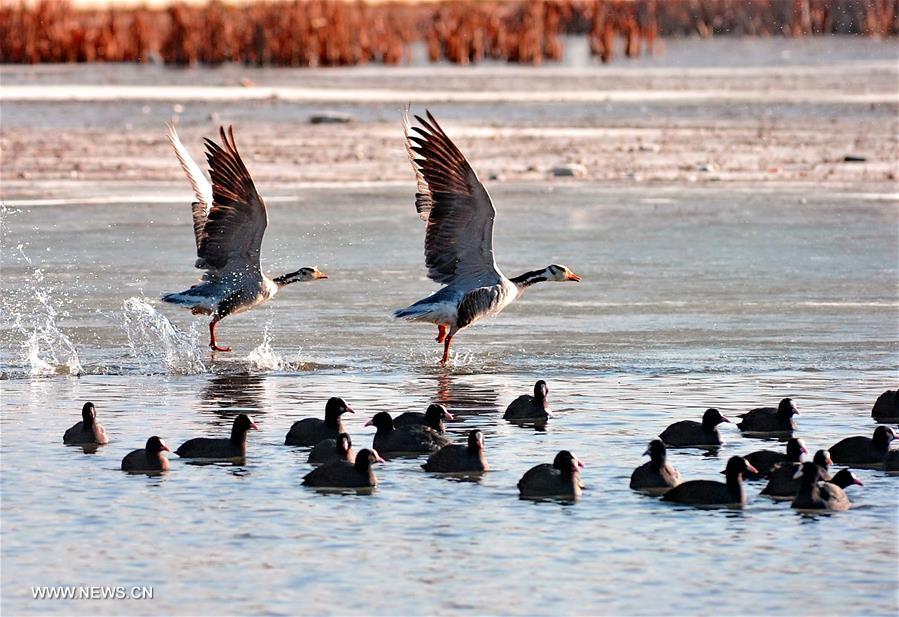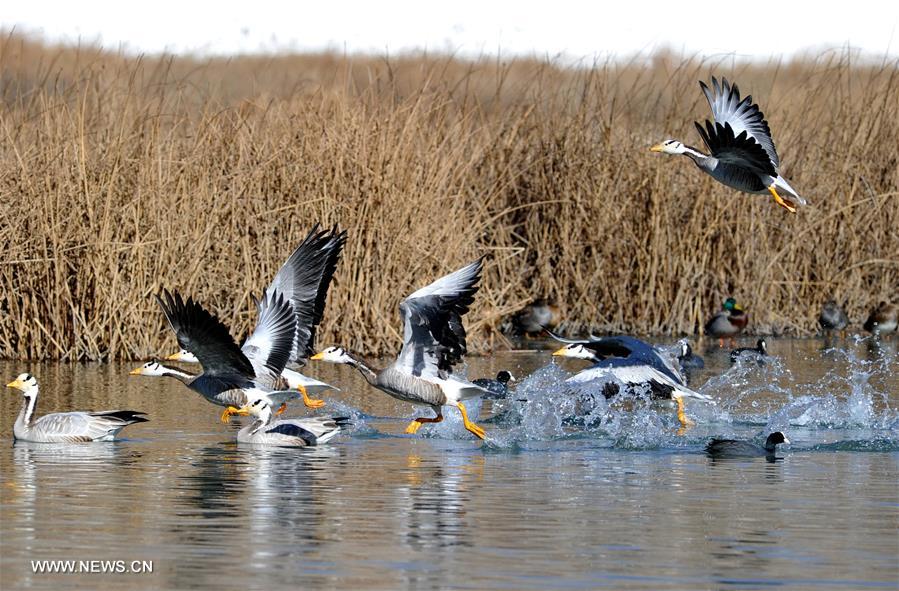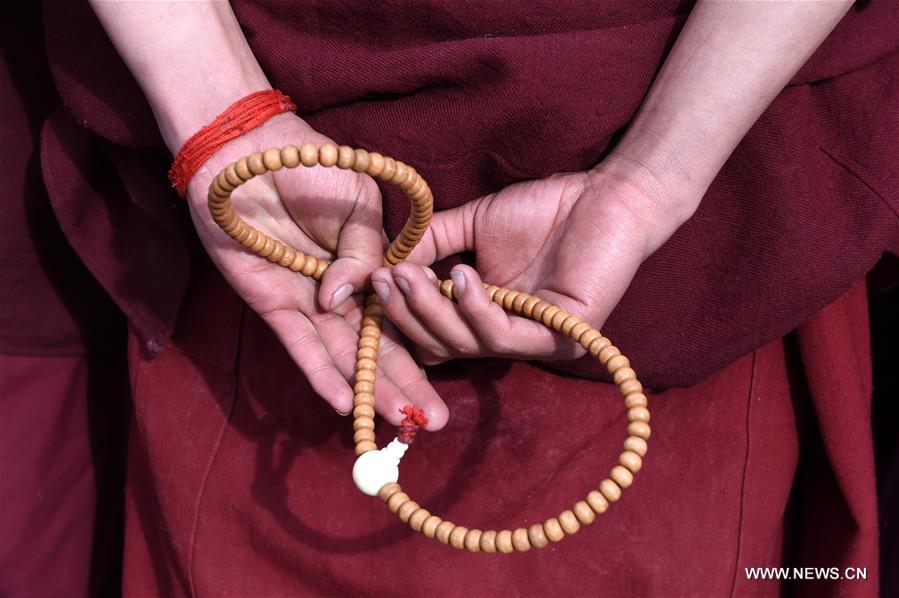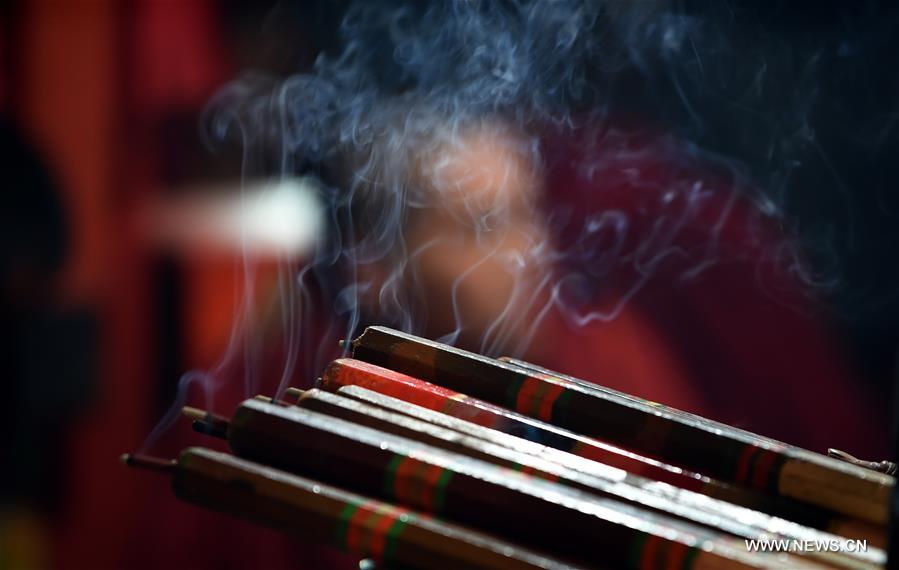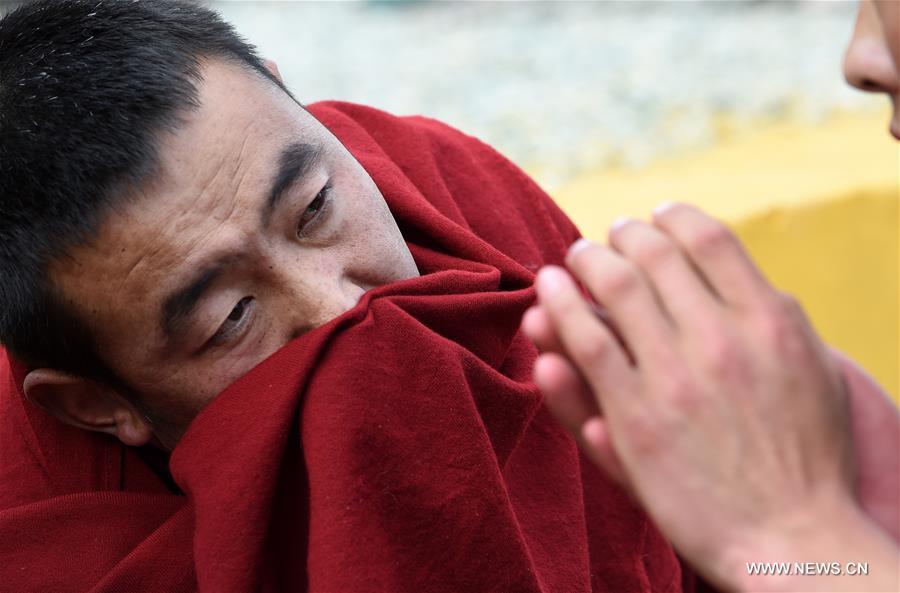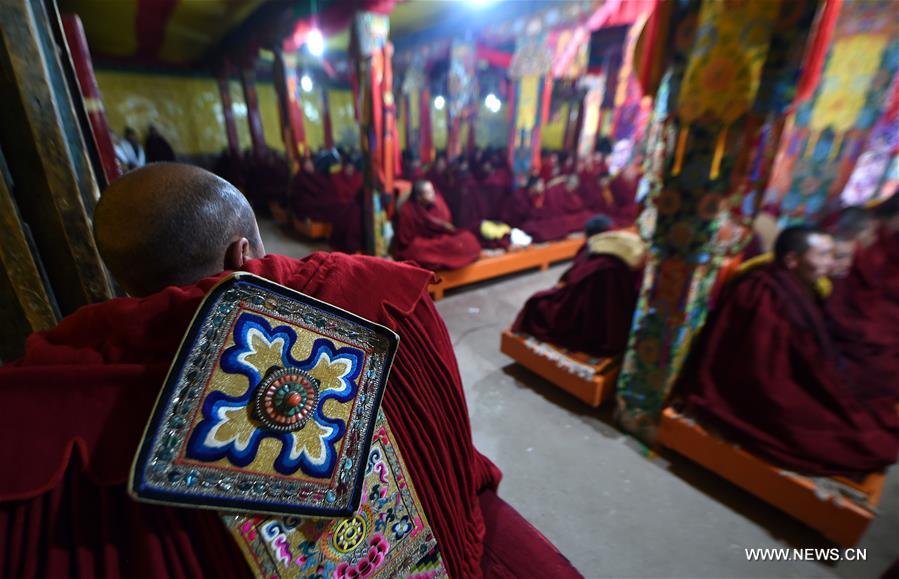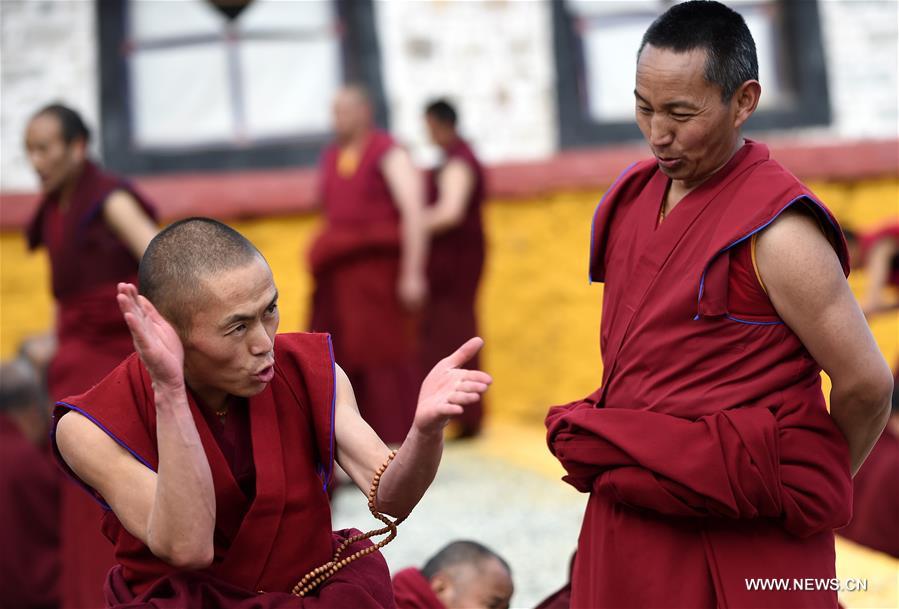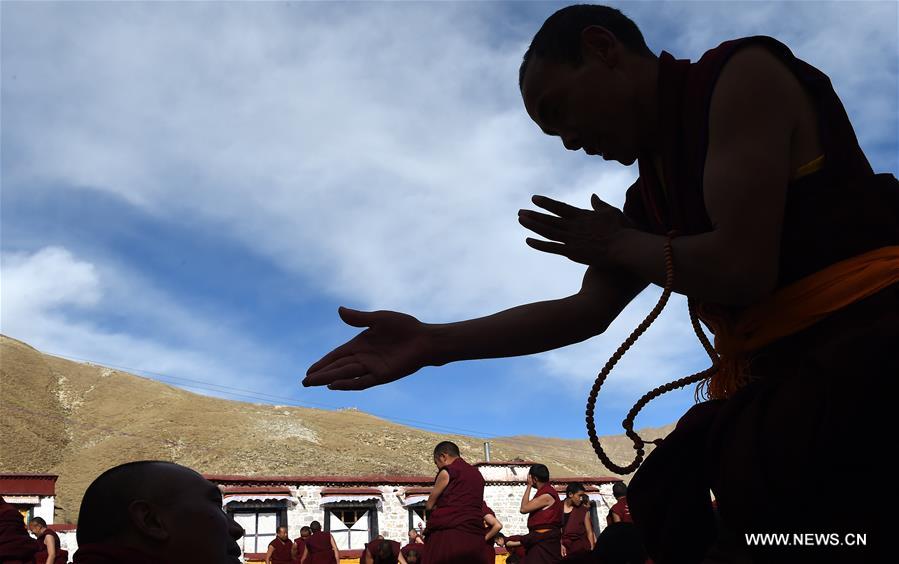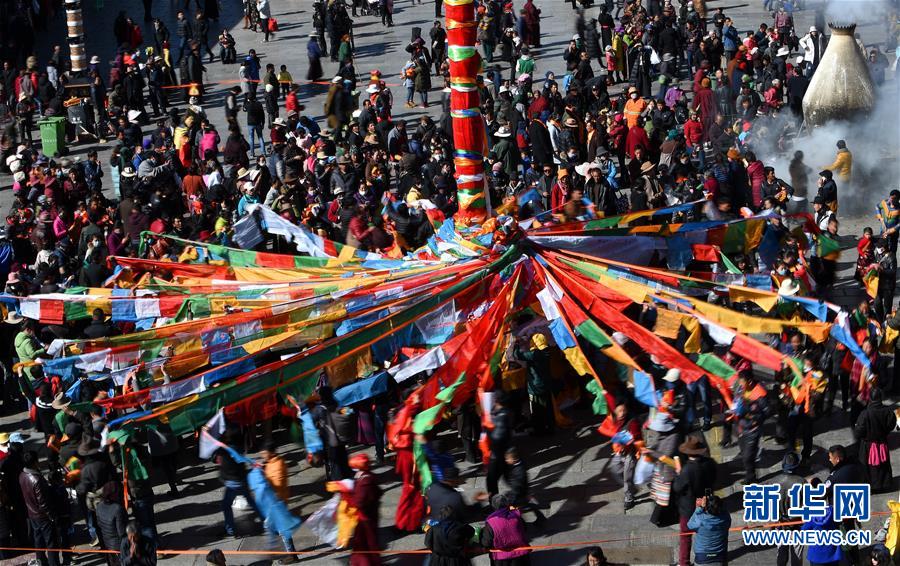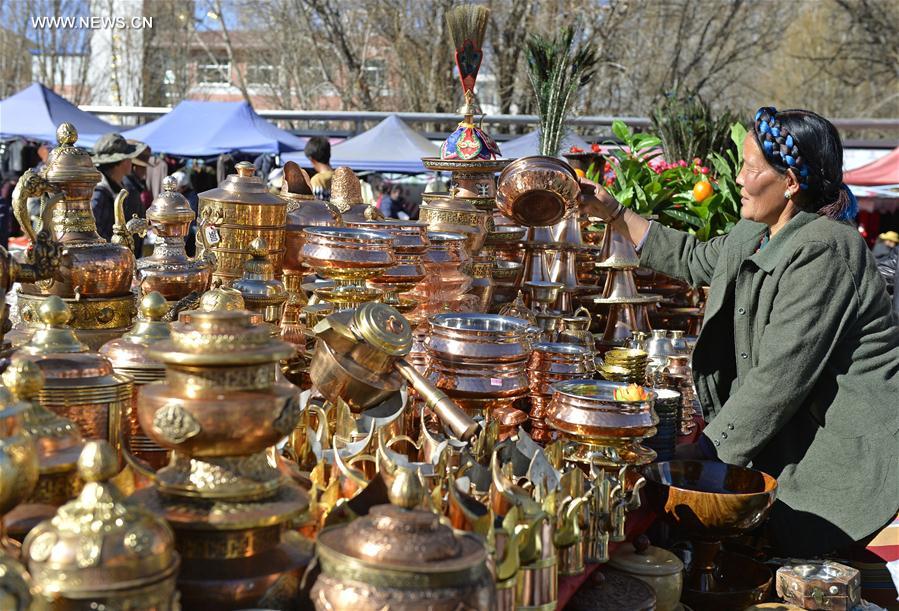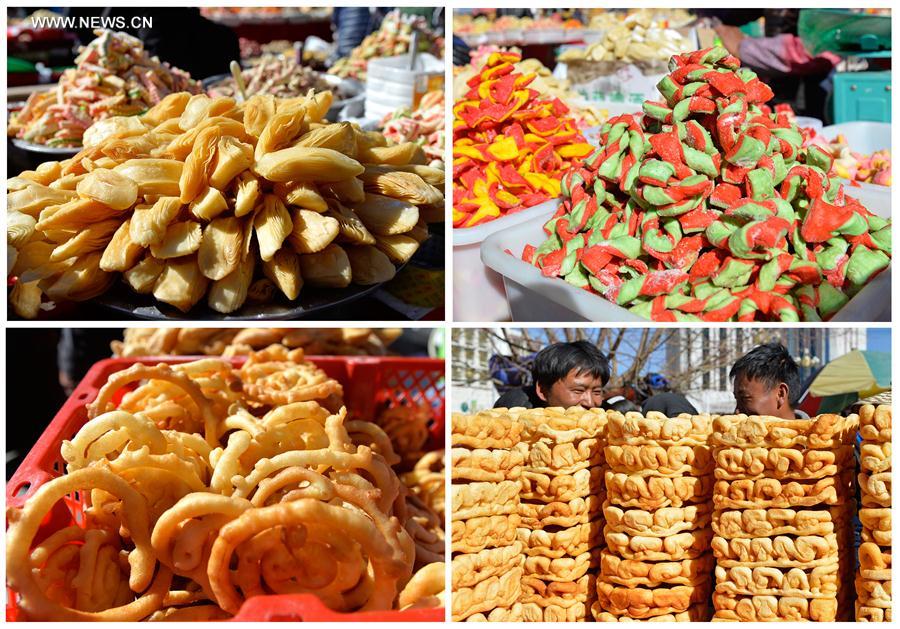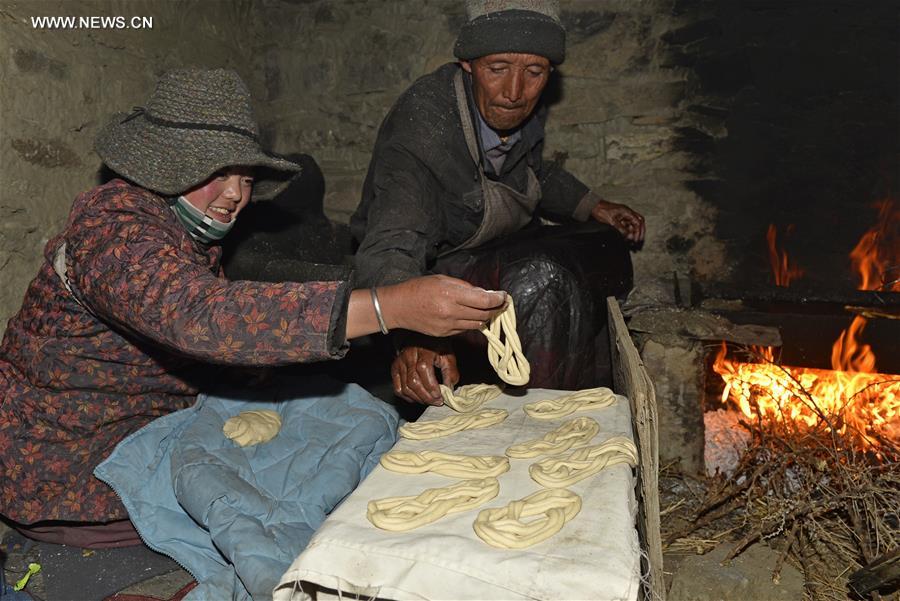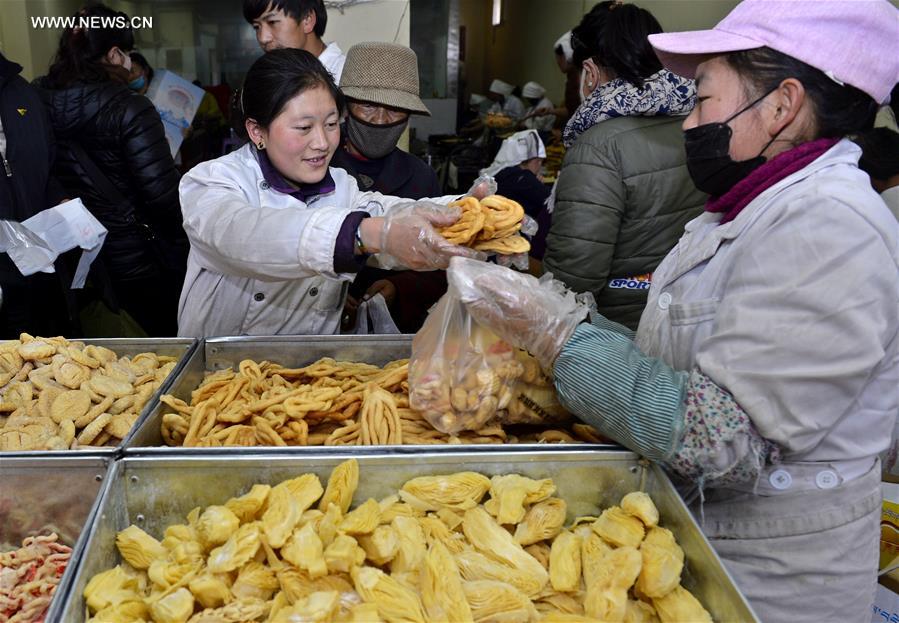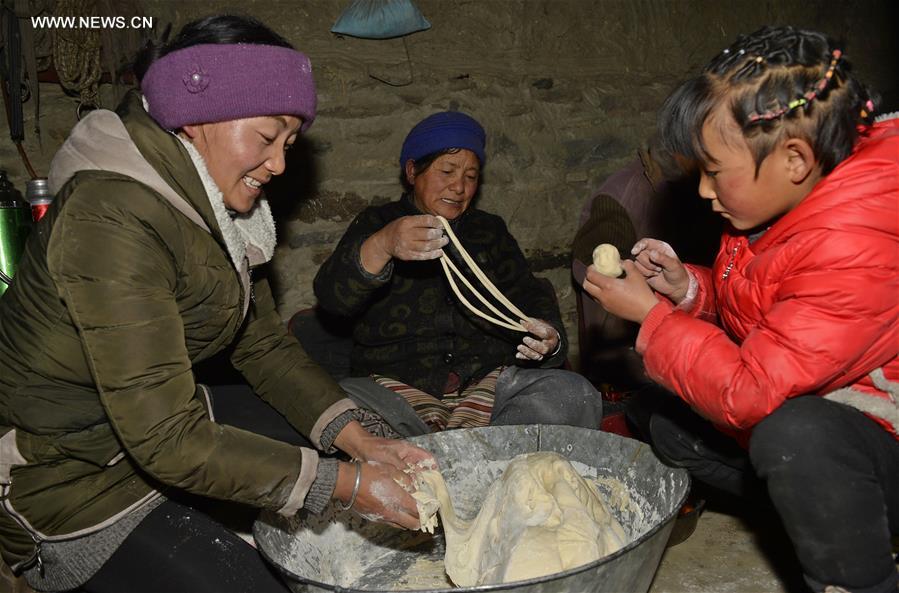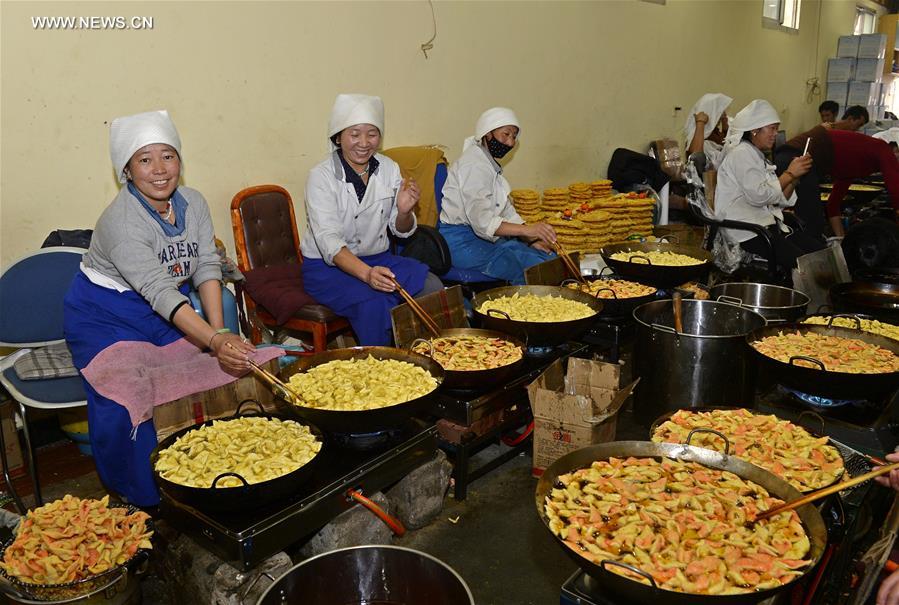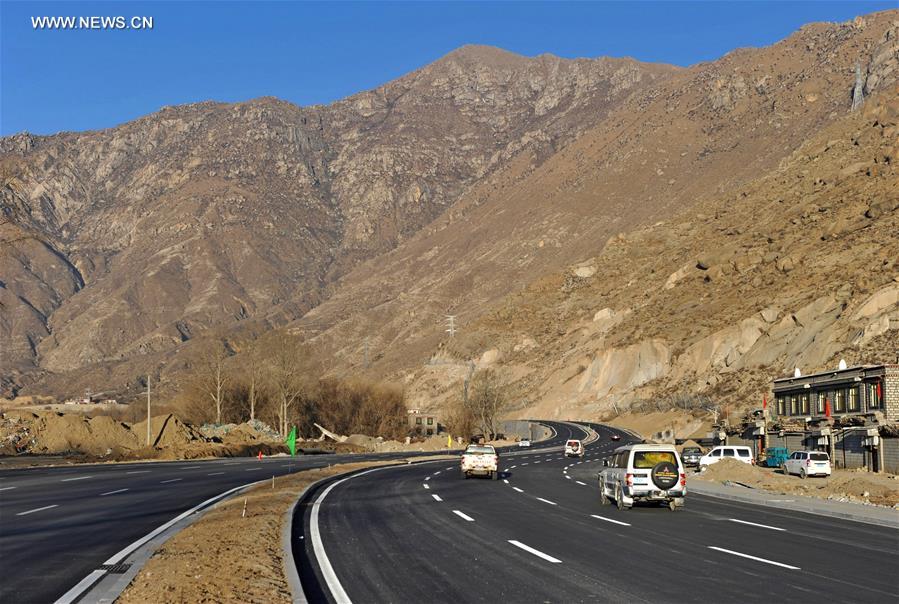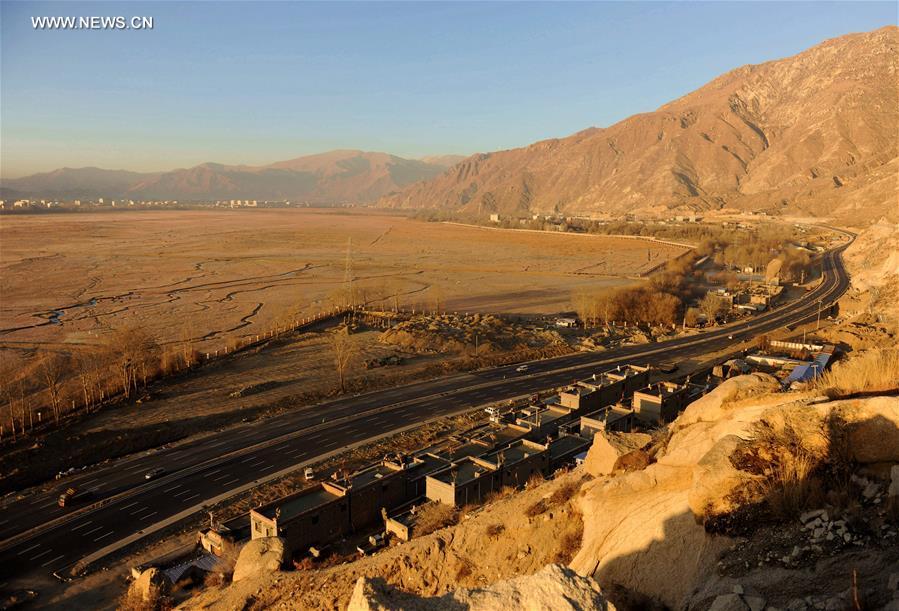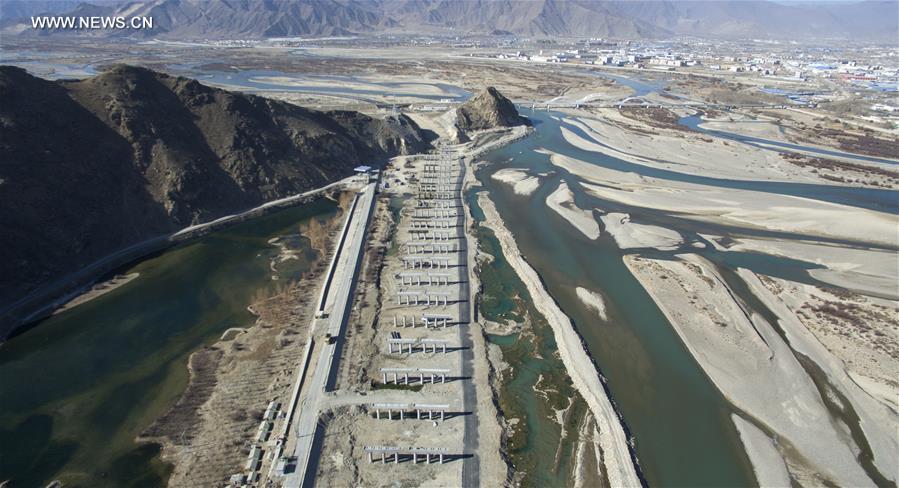Photos show the beautiful scenery of Tibet, including a rainbow in Nyingchi Prefecture (also known as Linzhi, a prefecture-level city in the southeast of the Tibet Autonomous Region), Namtso Lake and the starry sky of Ngari.
Photos show the beautiful scenery of Tibet, including a rainbow in Nyingchi Prefecture (also known as Linzhi, a prefecture-level city in the southeast of the Tibet Autonomous Region), Namtso Lake and the starry sky of Ngari.
Photos show the beautiful scenery of Tibet, including a rainbow in Nyingchi Prefecture (also known as Linzhi, a prefecture-level city in the southeast of the Tibet Autonomous Region), Namtso Lake and the starry sky of Ngari.
Photos show the beautiful scenery of Tibet, including a rainbow in Nyingchi Prefecture (also known as Linzhi, a prefecture-level city in the southeast of the Tibet Autonomous Region), Namtso Lake and the starry sky of Ngari.
Photo shows a stunning view of Pangong Lake in the Himalayas in Tibet. Two helicopters were sent to patrol the area in order to strengthen control of the border region, as many roads have been covered in snow all winter, Xinhuanet.com reported on Feb. 24.
Photo shows a stunning view of Pangong Lake in the Himalayas in Tibet. Two helicopters were sent to patrol the area in order to strengthen control of the border region, as many roads have been covered in snow all winter, Xinhuanet.com reported on Feb. 24.
Photo shows a stunning view of Pangong Lake in the Himalayas in Tibet. Two helicopters were sent to patrol the area in order to strengthen control of the border region, as many roads have been covered in snow all winter, Xinhuanet.com reported on Feb. 24.
Photo shows a stunning view of Pangong Lake in the Himalayas in Tibet. Two helicopters were sent to patrol the area in order to strengthen control of the border region, as many roads have been covered in snow all winter, Xinhuanet.com reported on Feb. 24.
Black-necked cranes seen in nature reserve in Tibet Black-necked cranes are seen in a nature reserve in Linzhou County of Lhasa City, capital of southwest China's Tibet Autonomous Region, Jan. 15, 2017. Tibet has become the world's largest winter habitat for critically endangered black-necked cranes. It is currently temporary home to over 8,000 black-necked cranes, around 80 percent of the world's total population. (Xinhua/Zhang Rufeng)
Black-necked cranes seen in nature reserve in Tibet Black-necked cranes are seen in a nature reserve in Linzhou County of Lhasa City, capital of southwest China's Tibet Autonomous Region, Jan. 15, 2017. Tibet has become the world's largest winter habitat for critically endangered black-necked cranes. It is currently temporary home to over 8,000 black-necked cranes, around 80 percent of the world's total population. (Xinhua/Zhang Rufeng)
Black-necked cranes seen in nature reserve in Tibet Black-necked cranes are seen in a nature reserve in Linzhou County of Lhasa City, capital of southwest China's Tibet Autonomous Region, Jan. 15, 2017. Tibet has become the world's largest winter habitat for critically endangered black-necked cranes. It is currently temporary home to over 8,000 black-necked cranes, around 80 percent of the world's total population. (Xinhua/Zhang Rufeng)
Black-necked cranes seen in nature reserve in Tibet Black-necked cranes are seen in a nature reserve in Linzhou County of Lhasa City, capital of southwest China's Tibet Autonomous Region, Jan. 15, 2017. Tibet has become the world's largest winter habitat for critically endangered black-necked cranes. It is currently temporary home to over 8,000 black-necked cranes, around 80 percent of the world's total population. (Xinhua/Zhang Rufeng)
Black-necked cranes seen in nature reserve in Tibet Black-necked cranes are seen in a nature reserve in Linzhou County of Lhasa City, capital of southwest China's Tibet Autonomous Region, Jan. 15, 2017. Tibet has become the world's largest winter habitat for critically endangered black-necked cranes. It is currently temporary home to over 8,000 black-necked cranes, around 80 percent of the world's total population. (Xinhua/Zhang Rufeng)
Black-necked cranes seen in nature reserve in Tibet Black-necked cranes are seen in a nature reserve in Linzhou County of Lhasa City, capital of southwest China's Tibet Autonomous Region, Jan. 15, 2017. Tibet has become the world's largest winter habitat for critically endangered black-necked cranes. It is currently temporary home to over 8,000 black-necked cranes, around 80 percent of the world's total population. (Xinhua/Zhang Rufeng)
Black-necked cranes seen in nature reserve in Tibet Black-necked cranes are seen in a nature reserve in Linzhou County of Lhasa City, capital of southwest China's Tibet Autonomous Region, Jan. 15, 2017. Tibet has become the world's largest winter habitat for critically endangered black-necked cranes. It is currently temporary home to over 8,000 black-necked cranes, around 80 percent of the world's total population. (Xinhua/Zhang Rufeng)
Water birds are seen at Lalu wetland in Lhasa, capital of southwest China's Tibet Autonomous Region, Jan. 7, 2017. The Lalu Wetland, known as "the Lung of Lhasa", is China's unique urban natural inland wetland with the highest altitude and largest acreage. (Xinhua/Zhang Rufeng)
A bar-headed goose flies at Lalu wetland in Lhasa, capital of southwest China's Tibet Autonomous Region, Jan. 8, 2017. The Lalu Wetland, known as "the Lung of Lhasa", is China's unique urban natural inland wetland with the highest altitude and largest acreage. (Xinhua/Zhang Rufeng)
Water birds are seen at Lalu wetland in Lhasa, capital of southwest China's Tibet Autonomous Region, Jan. 7, 2017. The Lalu Wetland, known as "the Lung of Lhasa", is China's unique urban natural inland wetland with the highest altitude and largest acreage. (Xinhua/Zhang Rufeng)
Birds are seen at Lalu wetland in Lhasa, capital of southwest China's Tibet Autonomous Region, Jan. 8, 2017. The Lalu Wetland, known as "the Lung of Lhasa", is China's unique urban natural inland wetland with the highest altitude and largest acreage. (Xinhua/Zhang Rufeng)
A monk holds a string of prayer beads during a dharma assembly at the Jiangsi lamasery in Qushui County of Lhasa, capital of southwest China's Tibet Autonomous Region, Jan. 2, 2017. More than 200 monks from the lamasery and other temples took part in the dharma assembly on Monday. (Xinhua/Chogo)
Smoke is seen during a dharma assembly at the Jiangsi lamasery in Qushui County of Lhasa, capital of southwest China's Tibet Autonomous Region, Jan. 2, 2017. More than 200 monks from the lamasery and other temples took part in the dharma assembly on Monday. (Xinhua/Chogo)
A monk listens to sutras during a dharma assembly at the Jiangsi lamasery in Qushui County of Lhasa, capital of southwest China's Tibet Autonomous Region, Jan. 2, 2017. More than 200 monks from the lamasery and other temples took part in the dharma assembly on Monday. (Xinhua/Chogo)
Monks attend a dharma assembly at the Jiangsi lamasery in Qushui County of Lhasa, capital of southwest China's Tibet Autonomous Region, Jan. 2, 2017. More than 200 monks from the lamasery and other temples took part in the dharma assembly on Monday. (Xinhua/Chogo)
Monks debate on the sutras of Tibetan Buddhism during a dharma assembly at the Jiangsi lamasery in Qushui County of Lhasa, capital of southwest China's Tibet Autonomous Region, Jan. 2, 2017. More than 200 monks from the lamasery and other temples took part in the dharma assembly on Monday. (Xinhua/Chogo)
Monks debate on the sutras of Tibetan Buddhism during a dharma assembly at the Jiangsi lamasery in Qushui County of Lhasa, capital of southwest China's Tibet Autonomous Region, Jan. 2, 2017. More than 200 monks from the lamasery and other temples took part in the dharma assembly on Monday. (Xinhua/Chogo)
On Feb. 8, the prayer flags tied to five poles around Jokhang Temple in Lhasa, the capital city of Tibet Autonomous Region, were switched out with new ones in celebration of the coming Tibetan New Year. Worshipers tied prayer flags to the poles to pray for a prosperous new year.
On Feb. 8, the prayer flags tied to five poles around Jokhang Temple in Lhasa, the capital city of Tibet Autonomous Region, were switched out with new ones in celebration of the coming Tibetan New Year. Worshipers tied prayer flags to the poles to pray for a prosperous new year.
People select copper ware at a market in Xigaze, southwest China's Tibet Autonomous Region, Jan. 25, 2017. (Xinhua/Liu Dongjun)
Combo photo taken on Jan. 25, 2017 shows snacks being sold at a market in Xigaze, southwest China's Tibet Autonomous Region. (Xinhua/Liu Dongjun)
People make "Kasai", a traditional Tibetan food, to greet the upcoming Tibetan New Year, or Losar, in Qonggyai County of Shannan, southwest China's Tibet Autonomous Region, Feb. 3, 2017. (Xinhua/Liu Dongjun)
A staff worker sells "Kasai", a traditional Tibetan food, to greet the upcoming Tibetan New Year, or Losar, in Lhasa, capital of southwest China's Tibet Autonomous Region, Feb. 22, 2017. (Xinhua/Liu Dongjun)
People make "Kasai", a traditional Tibetan food, to greet the upcoming Tibetan New Year, or Losar, in Qonggyai County of Shannan, southwest China's Tibet Autonomous Region, Feb. 3, 2017. (Xinhua/Liu Dongjun)
Staff workers make "Kasai", a traditional Tibetan food, to greet the upcoming Tibetan New Year, or Losar, in Lhasa, capital of southwest China's Tibet Autonomous Region, Feb. 22, 2017. (Xinhua/Liu Dongjun)
Photo taken on Jan. 7, 2017 shows the hillside north section of a ring road in Lhasa, capital of southwest China's Tibet Autonomous Region. The ring road, built to ease traffic congestion and accelerate the city's development, is about 75 km long, with seven tunnels and 27 bridges. The construction started in October 2015, and the framework is mostly complete. Part of the road has already opened for trial operation. (Xinhua/Liu Dongjun)
Photo taken on Jan. 7, 2017 shows the hillside north section of a ring road in Lhasa, capital of southwest China's Tibet Autonomous Region. The ring road, built to ease traffic congestion and accelerate the city's development, is about 75 km long, with seven tunnels and 27 bridges. The construction started in October 2015, and the framework is mostly complete. Part of the road has already opened for trial operation. (Xinhua/Jigme Dorje)
Photo taken on Jan. 6, 2017 shows the bridge construction site of the south section of a ring road in Lhasa, capital of southwest China's Tibet Autonomous Region. The ring road, built to ease traffic congestion and accelerate the city's development, is about 75 km long, with seven tunnels and 27 bridges. The construction started in October 2015, and the framework is mostly complete. Part of the road has already opened for trial operation. (Xinhua/Purbu Zhaxi)
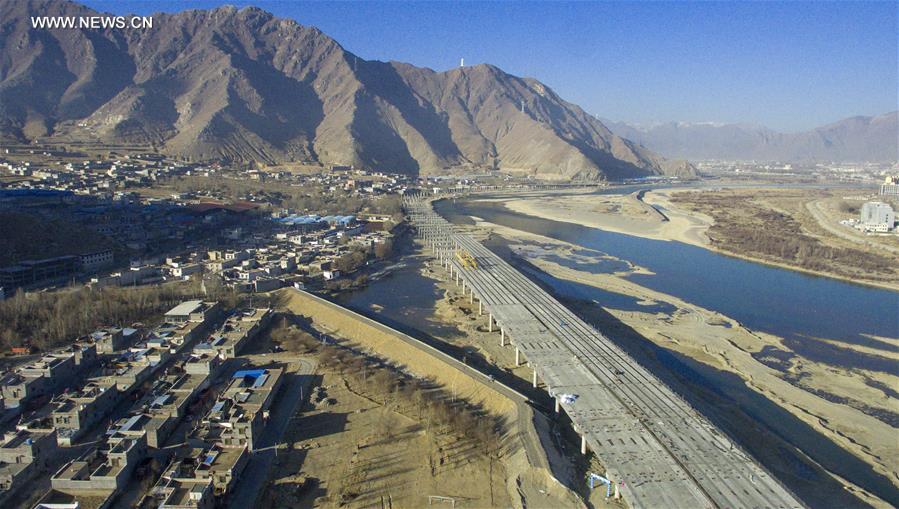
Photo taken on Jan. 6, 2017 shows the bridge construction site of the south section of a ring road in Lhasa, capital of southwest China's Tibet Autonomous Region. The ring road, built to ease traffic congestion and accelerate the city's development, is about 75 km long, with seven tunnels and 27 bridges. The construction started in October 2015, and the framework is mostly complete. Part of the road has already opened for trial operation. (Xinhua/Liu Dongjun)

















